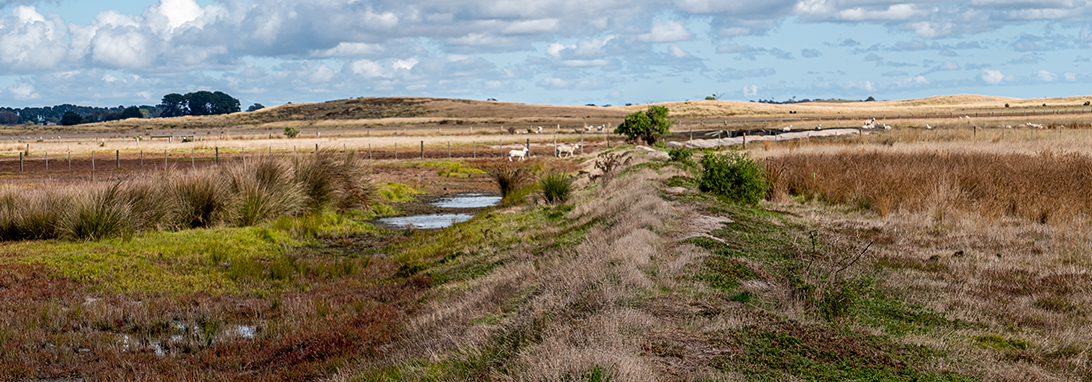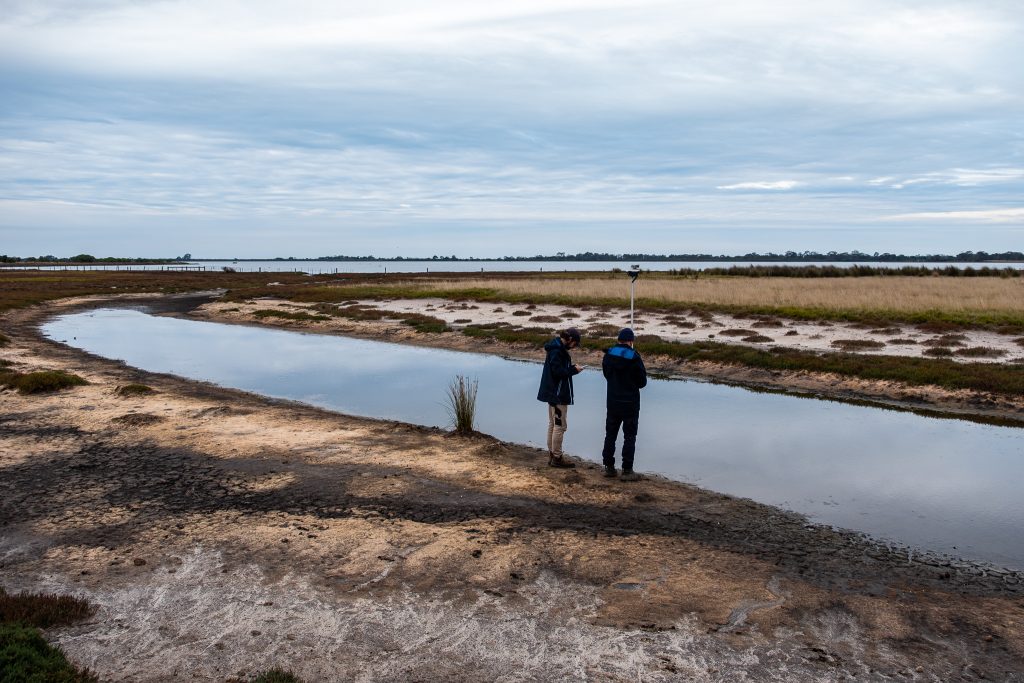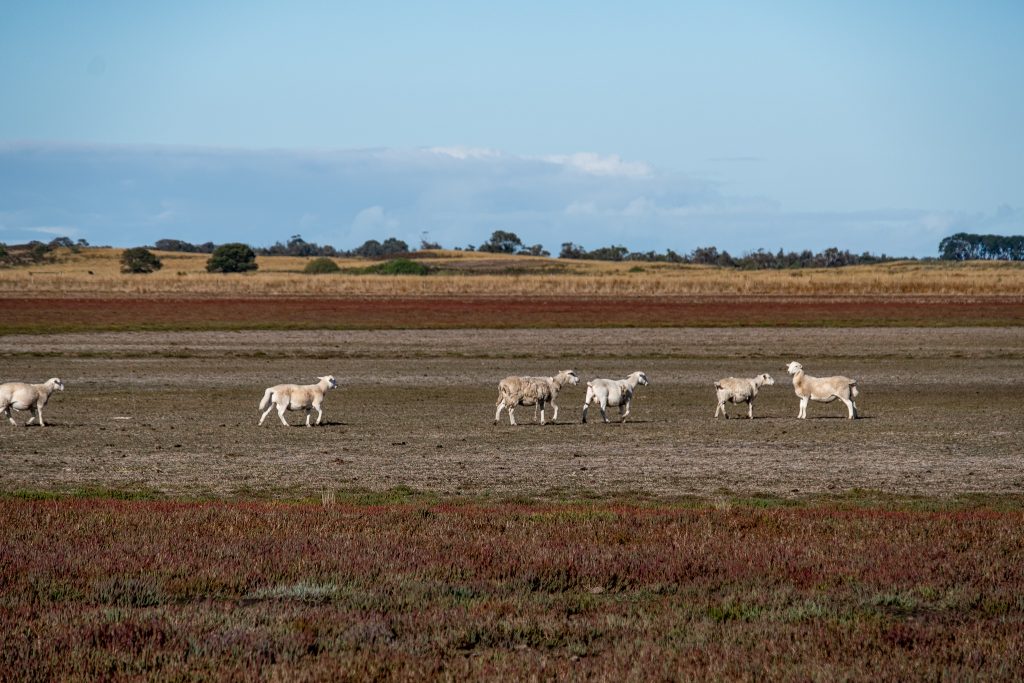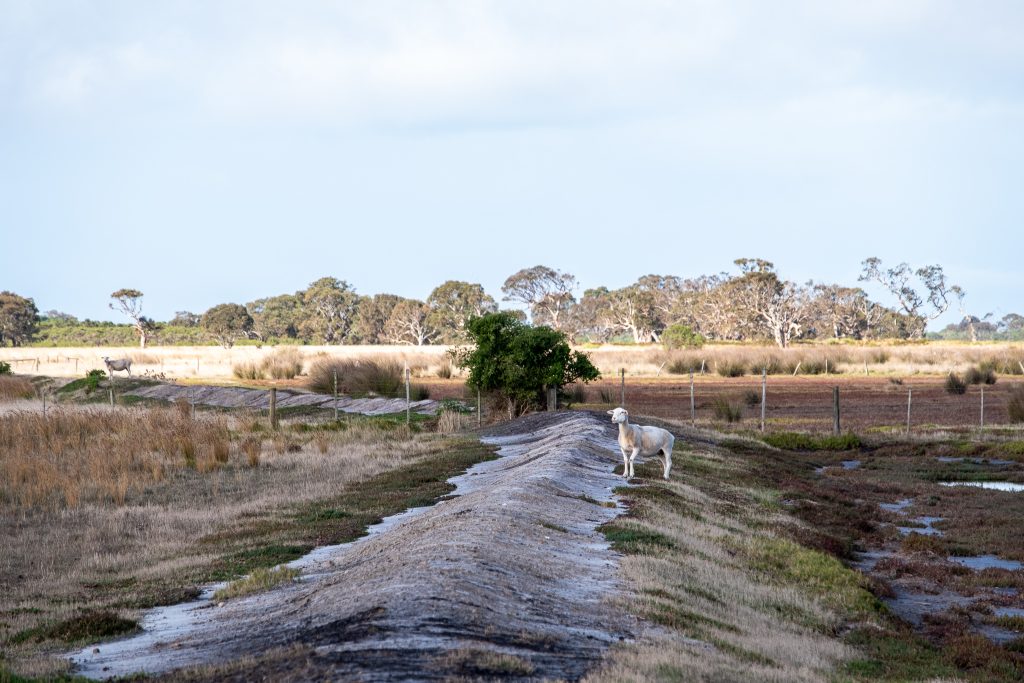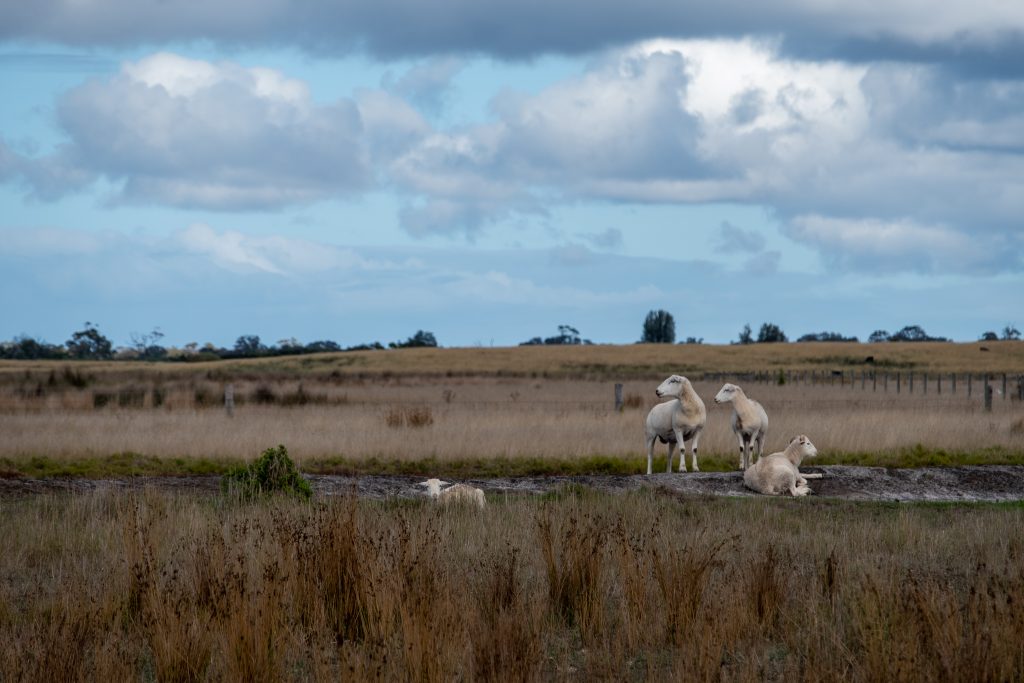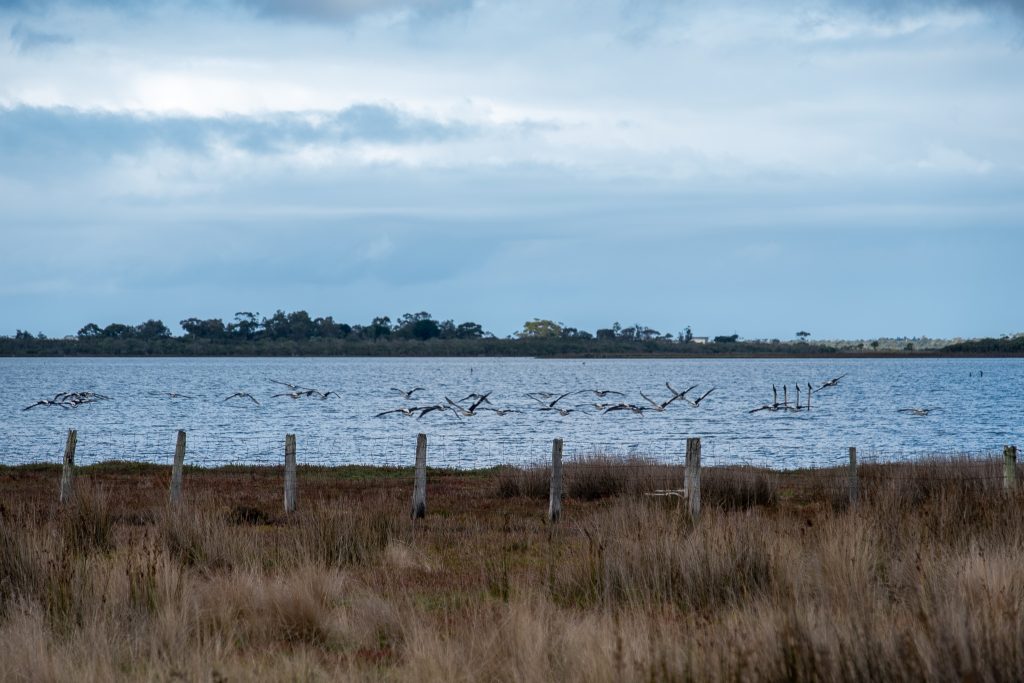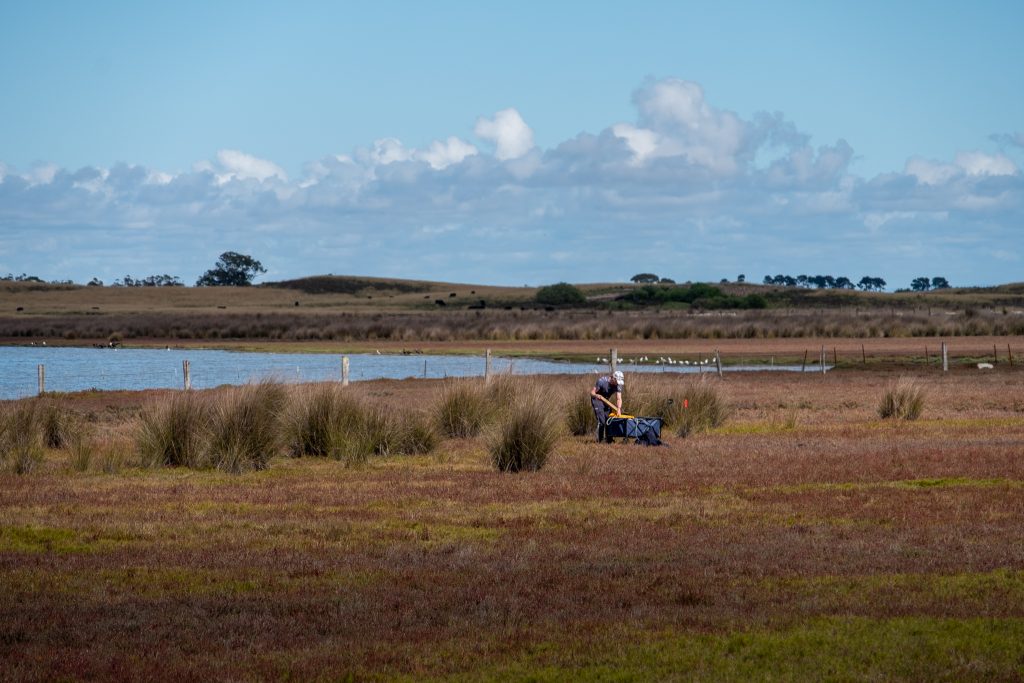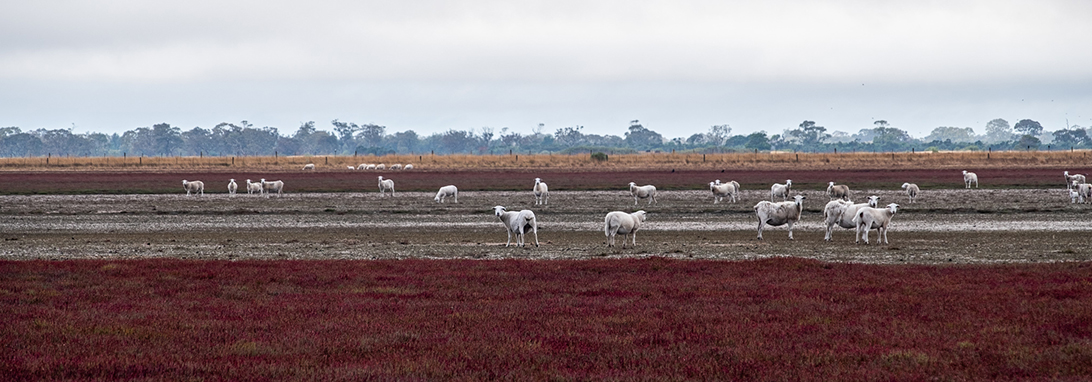
The Blue Carbon Lab is excited to announce a new 200+ ha restoration project that will demonstrate the potential of fencing to exclude livestock from marginal farmland as a scalable, replicable, and low-cost strategy to restore blue carbon ecosystems. The project aims to remove key threats to tidal marsh and supratidal swamp forests, increase biodiversity and ecosystem services values of the site and transition the site to a natural wetland link between two boarding Ramsar sites. The project also aims to increase employment opportunities in the Gippsland region, engage the local community in restoration and monitoring activities, improve landholders’ perception towards blue carbon ecosystems.
Funding for this project is through BHP’s Blue Carbon Breakthrough Grant Program, Love our Lakes Community Grants, and Intrepid Foundation. BCL is working in partnership with Greening Australia, the Gunaikurnai Land and Waters Aboriginal Corporation (GLaWAC), and private landholders to restore the site to saltmarsh and supratidal swamp forest, bringing quantifiable and substantial blue carbon gains and other co-benefits.
“Climate change and biodiversity loss are the most significant environmental challenges of our time. The Intrepid Foundation is proud to be supporting this critical work to protect precious ecosystems in our own backyard.” - Intrepid Foundation General Manager Biheng Zhang.
The project site is situated along the shores of Gippsland Lakes, near Lake Victoria and is currently comprised of several farm paddocks which are currently being used for grazing sheep. The primary restoration activity will be the exclusion of livestock from the project area through fencing, which will prevent grazing and the resulting damage including vegetation removal and pugging of the soft saltmarsh soil caused by hooves. Greening Australia will lead revegetation efforts including planting and seeding various saltmarshes and supratidal forest species. Transforming this site from marginal farmland to a healthy coastal wetland ecosystem will significantly increase the amount of carbon stored in its soil in addition to the range of other co-benefits including increased native biodiversity.
Additionally, the site has an artificial bund wall along the shoreline that was built to protect the agricultural land from historical and future flooding. This tidal restriction mechanism has resulted in no tidal flow to the wetland areas behind the bund wall. As part of this project Blue Carbon Lab is undertaking a hydrological assessment to determine the potential to reintroduce tidal flow through the full or partial removal of the bund wall. If tidal reintroduction occurs, this project could be entitled to carbon credits under Australia’s Emissions Reduction Fund through the blue carbon tidal reinstatement method. This would allow the current landholders to maintain the economic benefits of their land even with a decreased area dedicated to sheep.
To stay updated on the project development check out our website and follow #removethehooves
